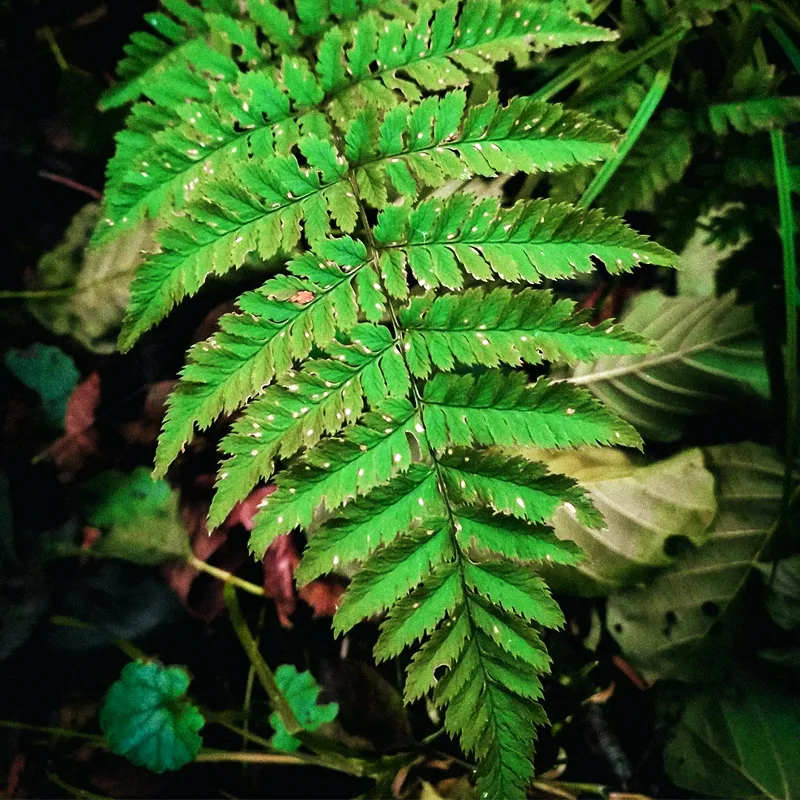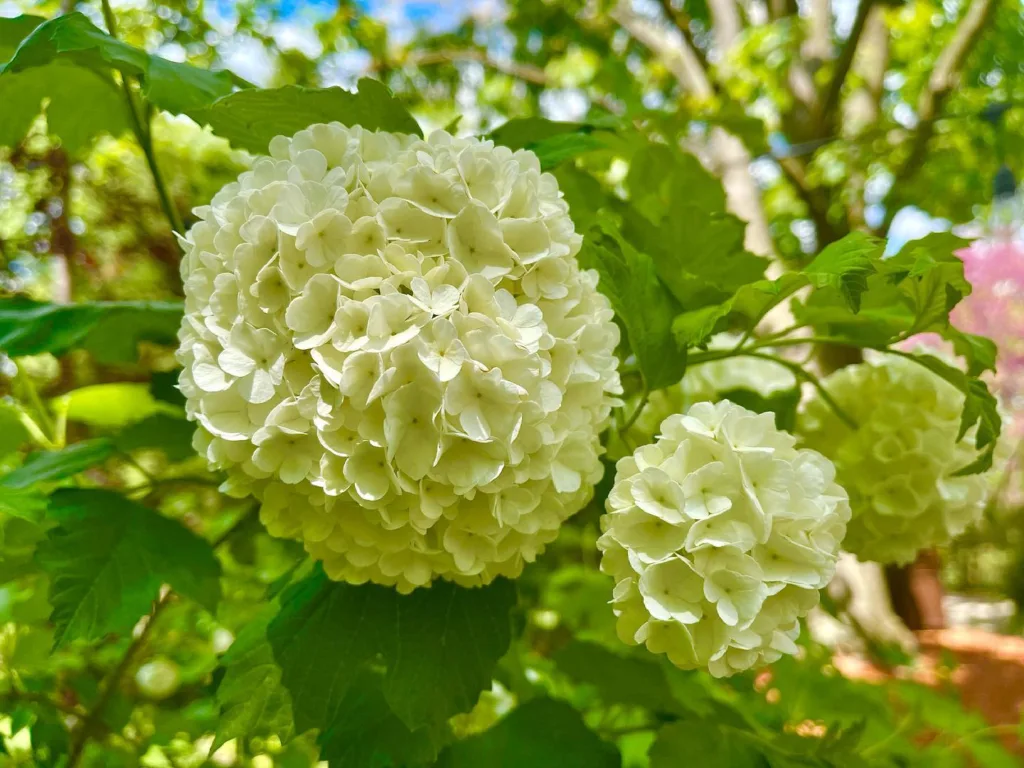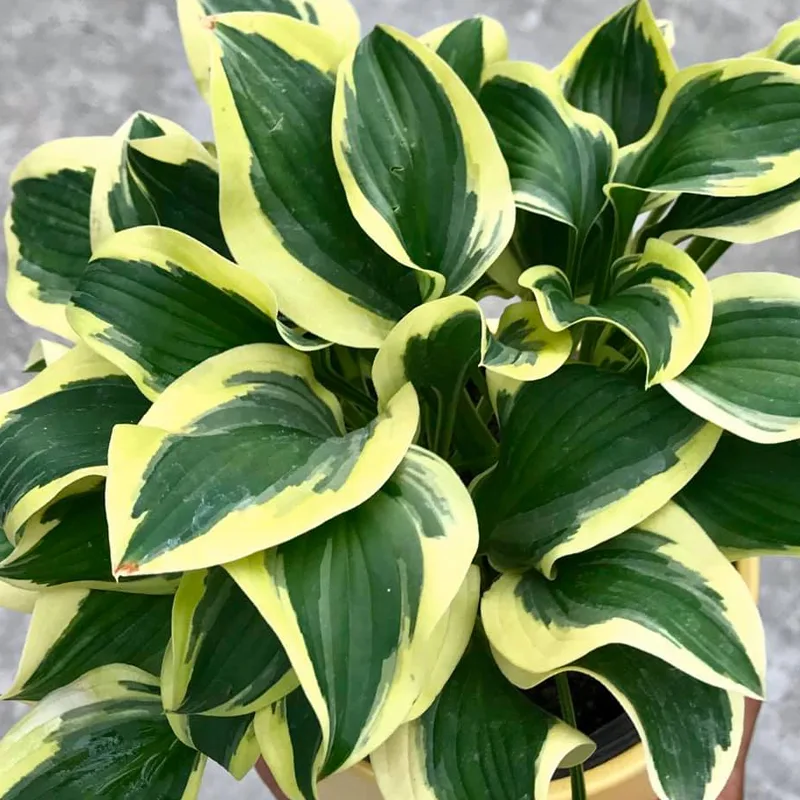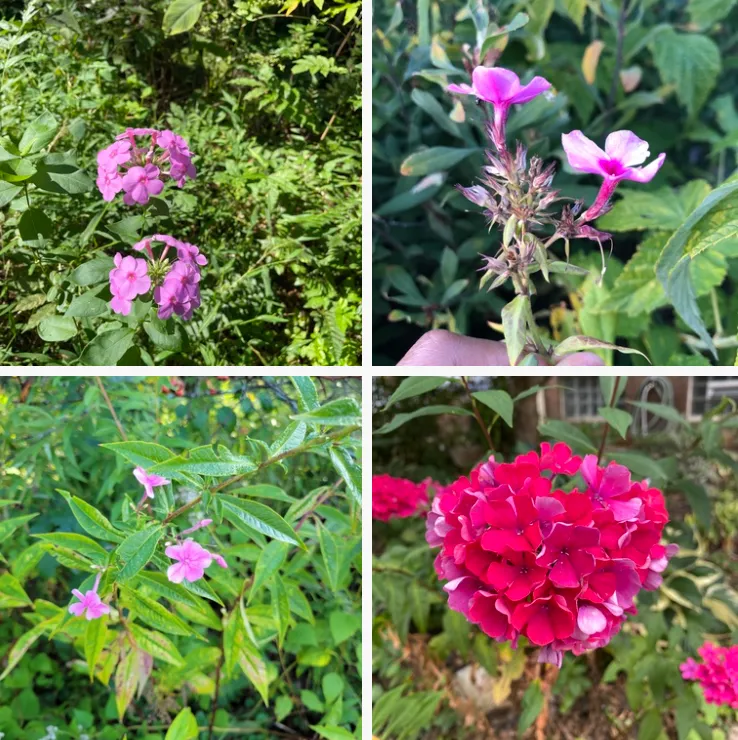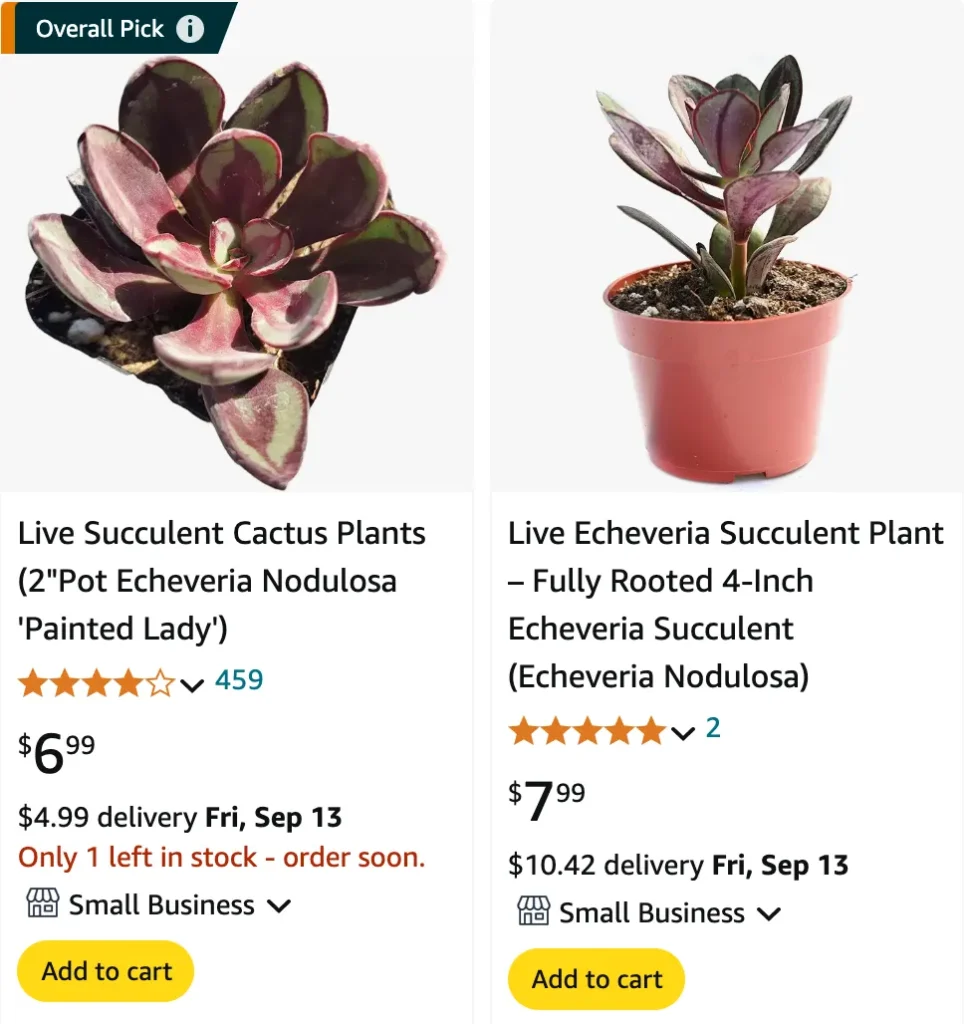
Echeveria Nodulosa: FAQs and Care Tips
When I first stumbled upon Echeveria Nodulosa, also known as the Painted Echeveria, I was captivated by its unique, textured leaves and vibrant colors. This succulent is a standout in any collection, and many of us have questions about how to properly care for it and propagate it successfully. In this article, I’ll answer some of the most frequently asked questions about Echeveria Nodulosa, share some care tips, and compare it with similar plants.
202 Species in Genus Echeveria
What is Echeveria Nodulosa?
Echeveria Nodulosa is a type of succulent native to Mexico. It’s known for its striking rosette shape and nodular, or bumpy, leaf texture. The leaves often display a range of colors, from green to blue-grey, and can sometimes have reddish or purple hues at the edges. This plant is part of the Crassulaceae family and is highly valued for its ornamental appeal.
How to Care for Echeveria Nodulosa?
Caring for Echeveria Nodulosa is relatively straightforward once you get the hang of it. Here are some essential tips:
- Light: Echeveria Nodulosa thrives in bright, indirect sunlight. Place it near a south or east-facing window where it can receive plenty of light. Avoid direct, harsh sunlight as it can cause sunburn on the leaves.
- Watering: Like most succulents, Echeveria Nodulosa prefers a dry environment. Water it deeply but infrequently, allowing the soil to dry out completely between waterings. Overwatering can lead to root rot, which is a common issue with succulents.
- Soil: Use well-draining soil designed for succulents or cacti. A mix of potting soil, perlite, and sand works well to ensure proper drainage.
- Temperature: This plant enjoys temperatures ranging from 60°F to 80°F (15°C to 27°C). It can tolerate a light frost, but it’s best to protect it from freezing temperatures.
- Fertilization: Feed your Echeveria Nodulosa with a diluted succulent fertilizer once a month during the growing season (spring and summer). Avoid fertilizing in the winter when the plant is dormant.
How to Propagate Echeveria Nodulosa?
Propagation is a rewarding aspect of growing Echeveria Nodulosa. Here’s how to do it:
- Offsets: Echeveria Nodulosa produces offsets, or “babies,” around the base of the plant. Gently separate these offsets from the main plant and let them dry for a few days before planting them in their own pots.
- Leaf Cuttings: Another method is to use leaf cuttings. Gently twist off a healthy leaf from the plant, making sure to get the entire leaf without damaging the stem. Let the leaf dry and callous over for a few days, then place it on top of well-draining soil. Keep the soil slightly moist until roots develop and new growth appears.
Can You Plant a Stalk from Echeveria Nodulosa?
Unlike some plants, Echeveria Nodulosa doesn’t readily propagate from a stalk or stem cuttings. The most successful methods are using offsets or leaf cuttings. If you attempt to propagate a stalk, it’s unlikely to be successful, as the plant doesn’t usually root well from this type of cutting.
Can You Grow Echeveria Nodulosa Indoors?
Yes, Echeveria Nodulosa can thrive indoors as long as it receives enough light. It’s ideal for windowsills that get ample indirect sunlight. Be mindful of the humidity levels, as overly humid conditions can lead to rot.
Is Echeveria Nodulosa Toxic?
Echeveria Nodulosa is non-toxic to humans and pets. It’s a safe plant to have around children and animals, although it’s always a good idea to discourage pets from chewing on houseplants.
What to Plant With Echeveria Nodulosa
Echeveria Nodulosa pairs well with other succulents and cacti. Some great companions include Haworthia, Sedum, and other Echeveria varieties. Creating a mixed succulent arrangement can add visual interest and variety to your plant display.
Common Problems and How to Fix Them
- Overwatering: The most common issue is overwatering. Ensure the soil dries out completely between waterings and use a well-draining soil mix to prevent root rot.
- Pest Infestations: Watch for pests like mealybugs and aphids. Treat infestations with insecticidal soap or neem oil.
- Sunburn: If the leaves start to turn reddish or brown, the plant might be getting too much direct sunlight. Move it to a location with bright, indirect light.
Compare with Other Similar Plants
When comparing Echeveria Nodulosa to other Echeveria varieties, it’s important to note its distinctive nodular leaf texture. For instance, Echeveria ‘Lola’ has a smoother appearance, while Echeveria ‘Perle von Nurnberg’ is more uniform in color and shape. Each has its unique charm, but Echeveria Nodulosa stands out for its textural appeal.
Echeveria Nodulosa is a captivating and relatively easy-to-care-for succulent. Whether you’re an experienced plant enthusiast or a beginner, this plant can be a lovely addition to your collection. By following these care and propagation tips, you can enjoy a thriving Echeveria Nodulosa for years to come.
If i die, water my plants!
